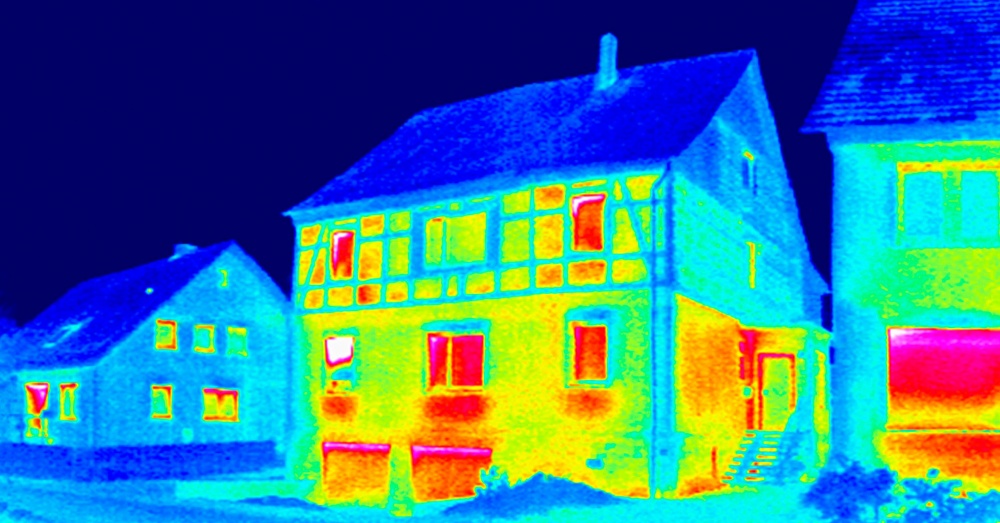
Your Poorly Insulated Home Will Soon Be Visible from Space, Thanks to Heat-Sensing Satellites
Soon, the world will be viewed from space in an entirely new way, thanks to the invention and production of heat-sensing satellites that will take stock of the ways in which we waste energy via heat loss on a daily basis.
That’s right; if you live in a draughty home or work in an old office, your house or building will soon have its secrets known via satellite images from outer space.
Seven thermal-imaging probes are being built in Guildford, UK, by the British space company Satellite VU, with the intention of sending them into orbit early next year to detect energy inefficiencies, improve so-called “heat islands” in cities, and combat global heating.

“A lot of companies and authorities want to make improvements in the way we use energy and generate heat,” said Anthony Baker, Satellite Vu’s chief executive. “But they need to know exactly where to direct their efforts. By giving them precise data about where heat is being allowed to spill out of buildings into the open, we believe we can help them make a real difference and save energy.”
The technology also promises to evaluate the activity of solar panels, assess the pollution factories put into rivers, and monitor wildfire progression.

Satellite Vu has raised £20 million in venture capital and grants from the UK Space Agency and the European Space Agency to make the program possible. Their business plan involves selling data to companies, governments, and other organizations looking to reduce power bills, cut emissions, and cut down on the size of their environmental footprint. So far, it has no name for its new satellite program.
The satellites will go into space via a Falcon 9 rocket, operated by Elon Musk’s SpaceX. After the first set of satellites goes out, six more probes will be assembled and sent into space over the next few years, possibly from spaceports that haven’t even been constructed yet.

High-definition infrared radiation detectors will enable the satellites to show where buildings are leaking energy, contributing to global heating and wasting power. The satellites will operate 24 hours a day, and their temperature readings are expected to be accurate to within 2 degrees Celcius (3.6 degrees Fahrenheit).
“Our satellites are going to be fitted with unique infrared cameras that can measure heat emissions from any building on the planet,” explained Baker. “At present, it is only possible to make broad surveys of heat being emitted in a neighbourhood. Our satellites will be fitted with super-high-resolution detectors, which will allow them to study individual buildings and show how much heat is escaping from them.”

“The crucial point is that a lot of people want to get to the stage where we can achieve net-zero emissions of greenhouse gases,” Baker continued. “We will provide the data that will show companies, governments, and local authorities across the world where they need to act and how they can cut their energy bills.”
We’re excited to see what this satellite program reveals about the status of energy usage and waste in different parts of the world. It may change the future of energy production and use around the globe; only time will tell.